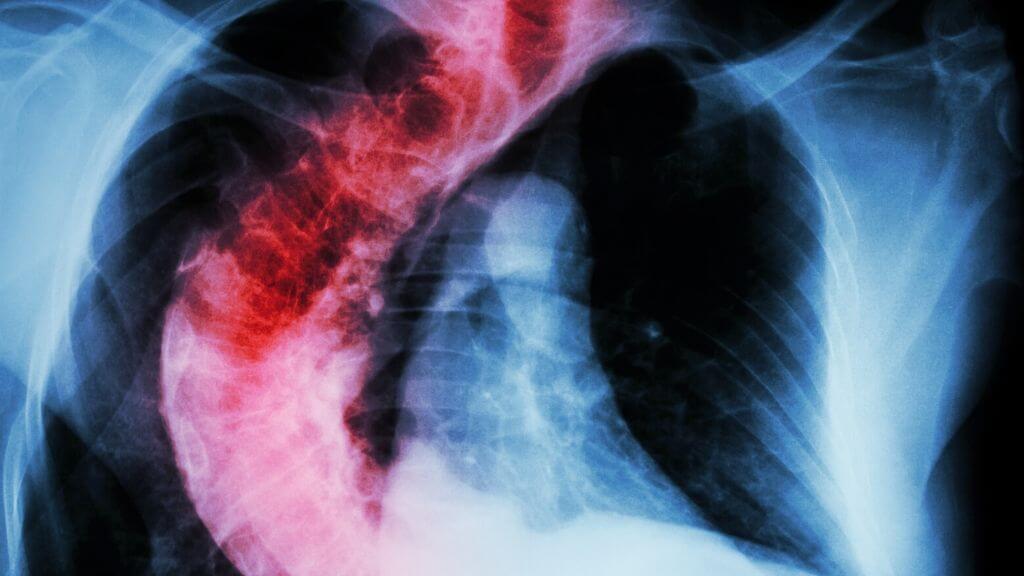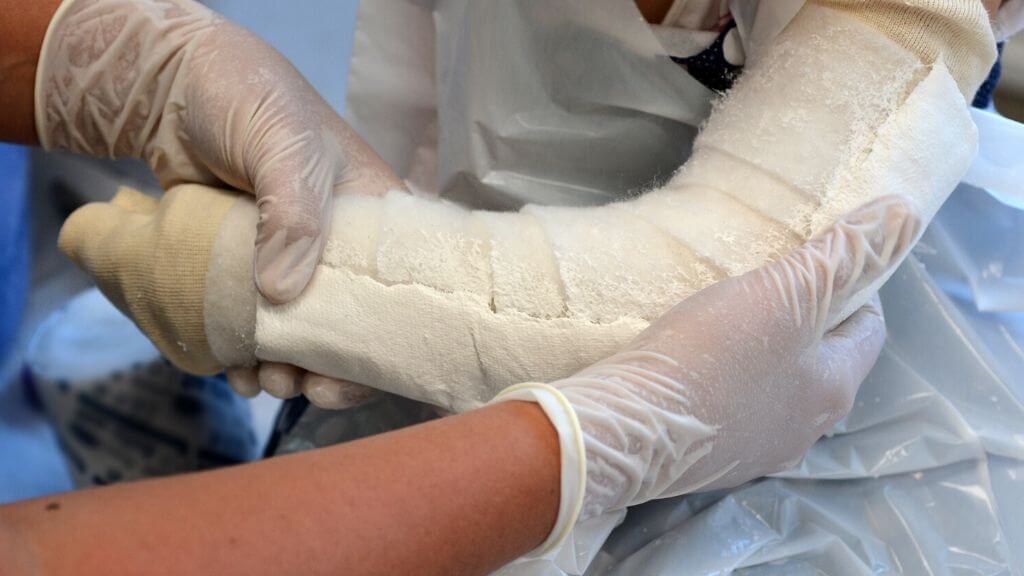Brittle bone disease, also known as osteogenesis imperfecta (OI), is a disorder causing fragile bones that break very easily. The disease is present at birth and only occurs in children that have a family history of the condition.
Brittle bone disease ranges from mild to severe, and the majority of cases are mild with few bone fractures. This condition can be life-threatening if it occurs before or shortly after birth.
What Causes Brittle Bone Disease?
A variation in specific genes is responsible for causing brittle bone disease. There are four genes that produce type 1 collagen, which results in abnormal bone formation. These defective genes are almost always inherited, but there have been cases where a genetic mutation can cause these changes.
Brittle Bone Disease Symptoms
The symptoms of brittle bone disease will depend on which type you have. Fragile and easily broken bones are the one common symptom all individuals with this condition will have. The severity of fragility is what varies for each person.
Other symptoms include:
♦ Loose joints
♦ Weak teeth
♦ Bowed arms or legs
♦ Scoliosis (abnormal lateral curve in the spine)
♦ Kyphosis (outward curve of the spine)
♦ Early hearing loss
♦ Heart defects
♦ Respiratory problems

Brittle Bone Disease Diagnosis
X-rays will be done to confirm a diagnosis of brittle bone disease. Your doctor can see both current and past broken bones and detect defects within bones.
Additional lab tests may be done to check the collagen levels and structure, and in some cases, a biopsy can be done. A skin punch biopsy involves the use of a sharp, hollow tube to remove a small tissue sample for analysis. Your doctor will also likely recommend genetic testing to identify the source of any defective genes.
Treatment for Brittle Bone Disease
Brittle bone disease does not have a cure, but there are therapies that can reduce the risk of broken bones and fractures and enhance the quality of life. Possible treatments your doctor will consider for brittle bone disease include:
♦ Medications to reduce pain
♦ Bisphosphonate drugs to increase bone strength
♦ Physical therapy to increase mobility and muscle strength
Brittle Bone Disease Diet
There is not a diet that will prevent or cure brittle bone disease, but following certain guidelines can promote strong bones and protect against fractures and breaks. Eating a diet rich in vitamin D and calcium is important to bone health. You can also add these nutrients as supplements if your daily intake is low.
It is also important to maintain a healthy weight to reduce pressure on your bones. A balanced and nutritious diet can help you maintain a healthy weight when combined with regular exercise.
Natural Treatments for Brittle Bone Disease
In addition to medications and physical therapy, your doctor can also recommend low impact exercise to help rebuild bone and muscle strength.

Mental health counseling and therapy is also an effective tool for helping individuals with accepting any issues that develop from negative body image.
Brittle Bone Disease Surgery
In case of severe bone deformity and pain, surgery may be an option for treatment. The two most common types of surgery for brittle bone disease are:
♦ Rod placement in the bones to keep them from bowing (in children only)
♦ Reconstructive surgery to correct bone deformities
What Are the Variations of Brittle Bone Disease?
The four genes that produce collagen are known to cause brittle bone disease when they become mutated or flawed. Individuals with brittle bone disease can have one or all four genes.
These four genes can produce eight types of brittle bone disease, but only four are common.
♦ Type 1 OI: This is the most common variation and also the mildest. Your body produces good quality collagen, but there are not enough causing mildly fragile bones. Bone fractures in adults with this variation are less common, but teeth can be affected, resulting in dental cracks and frequent cavity formation.
♦ Type 2 OI: This is the most severe type, which can be life-threatening. In this type, your body either doesn’t produce enough collagen or produces poor-quality collagen. This type causes bone deformities, and if born with this type, you can suffer weak ribs and underdeveloped lungs.
♦ Type 3 OI: Type 3 is also severe and causes bones to break easily. The quality of collagen produced is very poor, and bones can begin to break before birth. It is common for bone deformities to develop, and these can get worse as a person ages.
♦ Type 4 OI: Symptoms of this type can range from mild to severe. The quality of collagen is poor, and bone fragility will depend on just how poor it is. Children with this type will be born with bowed legs, but the bowing can become less obvious with age.
Brittle Bone Disease Statistics
♦ Type 1 occurs in one child for every 30,000 live births.
♦ Type 2 occurs in one child for every 60,000 live births.
♦ Type 3 occurs in one child for every 70,000 live births.
Brittle Bone Disease in Children
Brittle bone disease is rare, inherited, and will be present at birth. Symptoms can appear early in development as bones and collagen form and grow.

Children will experience easily broken bones, bone deformities, loose joints, and possibly breathing problems. Milder forms can be more difficult to identify and diagnose as symptoms are not as obvious.
Early identification is important so that deformities and fractures can be prevented.
What Is the Long-Term Outlook?
The type of brittle bone disease you have will determine the long-term outlook.
Those with type 1 can live a normal life with treatment and have few problems or breaks. Those with type 2 have a limited survival rate, mainly due to respiratory complications. Wheelchairs are required for those with type 3, with the average lifespan being shorter than that of type 1 or 4.
Those with type 4 may require crutches to aide walking, but lifespan is normal, and life can be full and healthy.






